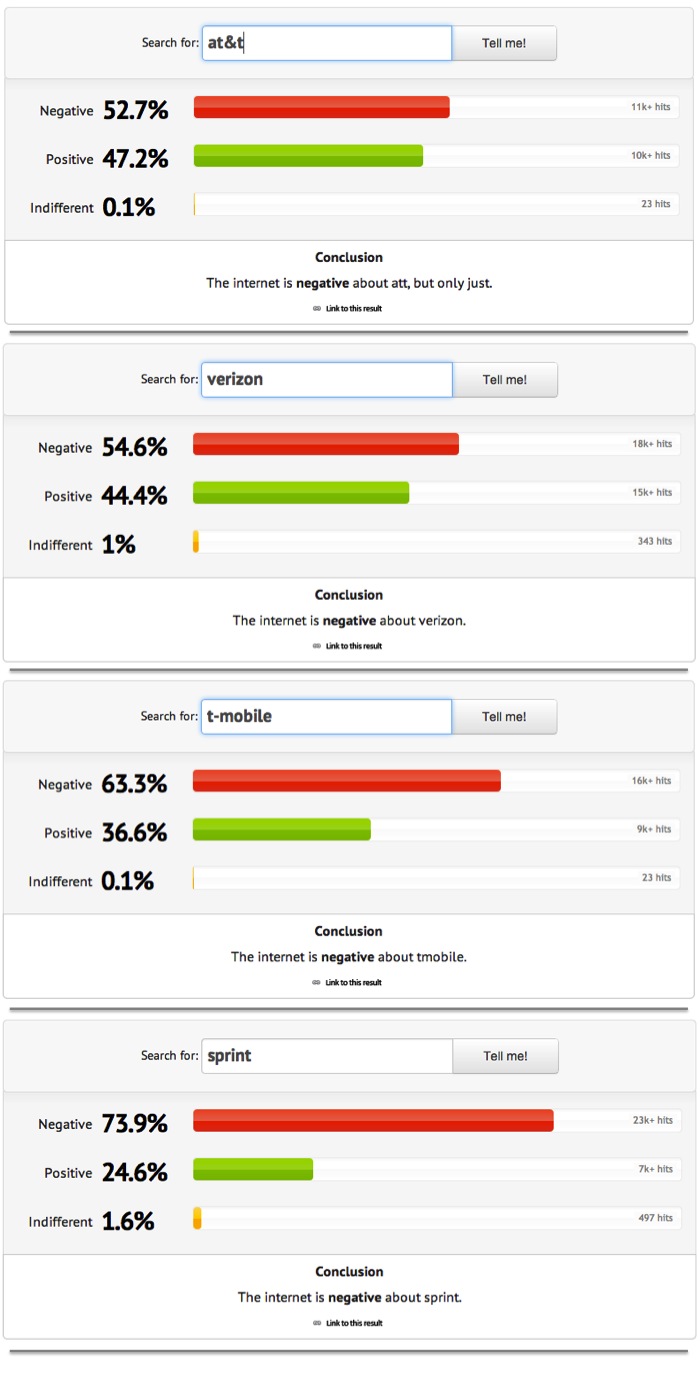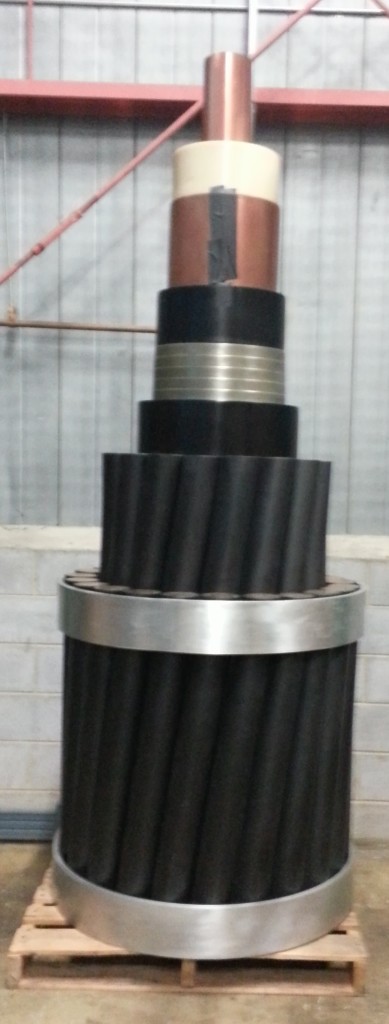Early in August, I celebrated my first anniversary at AT&T and I reflected on the year. I made a list of ten events and activities that I found most fulfilling and fun during this year. In no particular order, these were:
- Mentoring my summer intern (Tom Jenkins): coming up with a scoped project, working to understand the space, and advising on the direction of the project and study design
- All of the STEM advocacy work I’ve done, including the invention workshop for the “Take Your Child to Work Day,” speaking to women at the “Girls Who Code” Camp, blogging for HuffPost on STEM stuff, etc.
- Giving back to the academic community by serving on committees, including being short papers chair for IDC (that short paper madness was MAD!!) and serving on the CSCW PC for the first time.
- Working in interdisciplinary teams on new patents for AT&T and having more than 5 of them pursued by the company (I was the primary lead on 3 of those).
- Seeing a Masters student I advised at Georgia Tech (Sanika Mokashi), present her work as a first author at IDC and knowing that I had a big role in helping her shape and carry out this research.
- Having my first single-author publication at CHI and getting an honorable mention award for it. Presenting the work at CHI, I felt that the community really appreciated my contribution.
- Finding that other researchers are actually starting to use the questionnaire I developed in the course of my thesis work, even before its official publication (slated to appear at CSCW). That made me feel really useful to others.
- Blogging and getting feedback from friends and colleagues on early ideas and reflections like this one. Having 3 posts hit over 1000 views: 1, 2, and 3.
- The three workshops I participated in this year: Diverse Families @ CHI, Enhancing Children’s Voices @ IDC, and DSST, and all of the follow-up work and new research that’s coming out of the collaborations forged there.
- Working with the OCAD University’s Suz Stein and my department to understand new research directions for AT&T through future-casting design techniques. Following up on these ideas to flesh out and sketch concrete scenarios, that eventually led to patents, projects, prototypes, etc.
It’s definitely been a fun year with lots of excitement! Unfortunately, I’m coming to realize that the recent organizational changes at AT&T Labs Research might make it harder for me to do the aspects of the work that I enjoy most. Also, it became clear that the things I enjoyed most about this year are much easier to pursue in academia than in industry (except maybe collaborating on department-wide project and developing patents). I love working with students, publishing, going to conferences, collaborating with researchers from other institutions, and doing service to the community. I am allowed to do all these things at AT&T, but it is becoming harder and harder to carve out time for them under the new organizational structure — researchers are expected to dedicate a lot more of their effort to projects vetted by the company’s strategy division.
This reflection has led me to the decision to go on the academic job market this year. I want to be clear that I am not making this decision because AT&T has not been a fun place to work. I love my colleagues and my manager, the culture of collaboration and willingness to help both in and outside of my department, and the potential for having my ideas influence real products. But, I think at this point in life, my passions are taking me in a different direction.
I’m open to any institution that will allow me to pursue the things I love most: working with students, investigating interesting problems, and publishing my work. And yes, I do understand that there are other parts to the job as well, like grant writing, teaching, and serving on committees — I think that I would enjoy all these parts as well. If you think I may be a good fit for your department, let me know! I’d love to check it out and learn more about it. Here’s my 140-character Tweesume: I am “an HCI researcher, investigating technologies for enhancing social relationships in the contexts of family, health, and personal growth.” I linked an example paper in each context (though, many more are available on my publications page).



